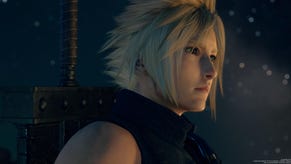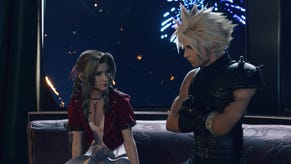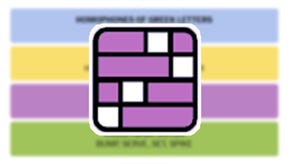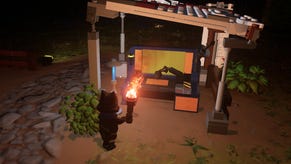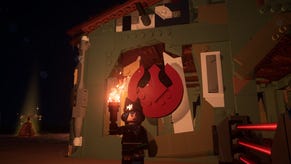Final Fantasy 7 Rebirth ending and Aerith’s fate explained
To die or not to die?
While Final Fantasy 7 Rebirth's ending was stated, by Square Enix, to take place at the conclusion of the Forgotten Capital, the developers have been keen to keep Aerith's fate under wraps until the game was released to ensure players weren't spoiled.
However, Final Fantasy 7 Rebirth's ending is convoluted and full of ambiguity that may have left you confused after so long playing.
We're here to try and make sense of the ending and answer the obvious questions. Note that much of this weirdness remains up for interpretation and spoilers lie below.
On this page:
What happens to Aerith in the original Final Fantasy 7?
In the original Final Fantasy 7, Aerith is killed by Sephiroth halfway through. After finding the Black Materia in the Temple of the Ancients, the party travels to the Ancient Forest in pursuit of Aerith. There they find the Forgotten Capital where Aerith, as the last of the Ancients, is found inside praying with the White Materia to summon Holy, which is the only magic capable of stopping Meteor.
Meteor is summoned by Sephiroth using the Black Materia to cause a wound in the planet from which he can absorb the Lifestream and all its Mako energy. Sephiroth then descends from the ceiling and stabs Aerith with his sword to halt her prayers - she crumples to the ground and her White Materia bounces into the surrounding water. It's unclear (at this point) whether Aerith's prayers were successful.
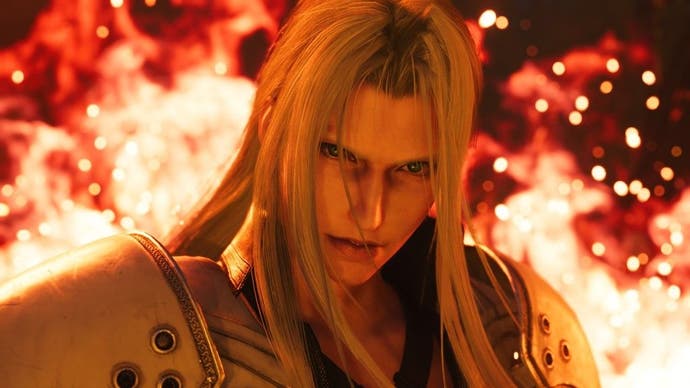
Final Fantasy 7 Rebirth ending explained: Does Aerith die?
Maybe. The game still follows the events of the original, with Sephiroth aiming for godhood using the Black Materia and Aerith the sole person to stop him using the White Materia. The party arrives at the Forgotten Capital in pursuit of Aerith where she's found praying at the same altar. Yet, despite Cloud trying to prevent it, Sephiroth still swoops down and kills her.
Yet it's not that simple. We also see Aerith awaken afterwards: "Cloud, it's ok," she says. The scene shifts across multiple versions of events: some show blood, others do not. It appears that Aerith has accepted her fate. Or perhaps she's not truly dead and still exists in another world.
The final battle against Sephiroth then takes place across multiple overlapping worlds in a strange, blurring convergence. It's as if all world permutations hinge on this event. Zack joins Cloud in battle in a void between worlds. Later Aerith joins Cloud in battle against Sephiroth.
Afterwards, the party mourns Aerith's death. Yet she remains seemingly alive and visible to Cloud.
Yes, this is a story about multiple worlds and timelines and to explain that, let's return to the end of previous game Final Fantasy 7 Remake.
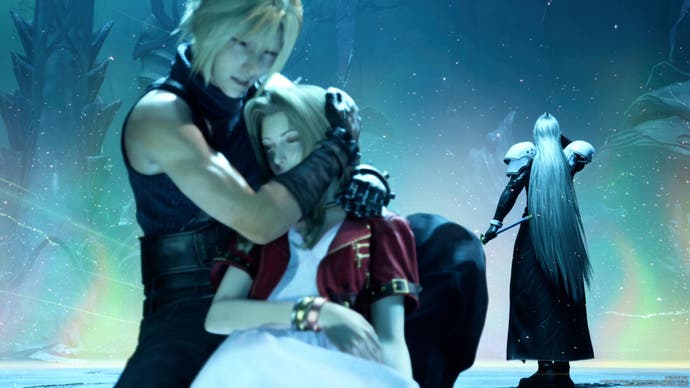
Are there multiple worlds?
At the end of Remake, Cloud and the party fight the Whispers - the strange, ghostly harbingers of fate. By doing so, they break free of fate and are able to plot their own destiny. This takes on a double meaning, as if the developers themselves are explaining the plot of the rest of the trilogy won't strictly follow that of the original. It gives them leeway to change things around. And it leaves Aerith's fate open.
However, by doing this, a multiverse has been created. As Sephiroth explains in the final chapter of Rebirth: "When the boundaries of fate are breached, new worlds are born." Sephiroth's aim is to enable a reunion - or homecoming - of worlds, and to rule over infinity. This takes his ambition beyond that of the original game: he doesn't just wish to rule over one world, but all of them.
Throughout Rebirth, we witness playable scenes as Zack - a character who is dead in the original game. At the start of Rebirth, the party seemingly failed in their mission and we play as Zack seeking to save Aerith. This is an alternate world with an alternate series of events, one that is doomed to failure. We return to Zack and this world periodically throughout the game, which reaches a climax in the game's final chapter in which multiple versions of events are perceived.
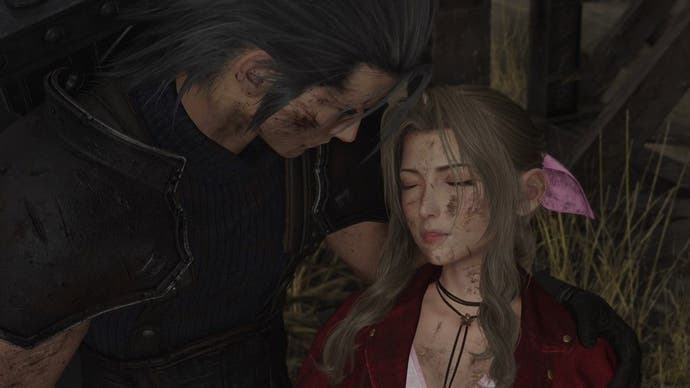
As such, the story is split between multiple worlds and timelines, with certain characters seemingly able to travel across worlds and perceive events others cannot. It's... messy.
One way to make sense of the multiple worlds, though, is to look at the Shinra dogs. In Remake, the Shinra mascot is a beagle in a helmet but throughout Rebirth the dog breed changes depending on the world. Something to keep an eye out for.
Why do Cloud and Aerith go on a date?
At the start of the final chapter, Cloud and Aerith awaken from slumber in an alternate world. The main purpose of moving to this world is for Aerith to give Cloud her White Materia. In the prime world - that of the bulk of the game - Aerith's White Materia has faded and lost power thanks to Whispers in Remake. As such, Cloud travels to this alternate world so this Aerith can give him a different White Materia as a replacement to give to the other Aerith in the prime world. This can then be used to summon Holy and prevent Meteor.
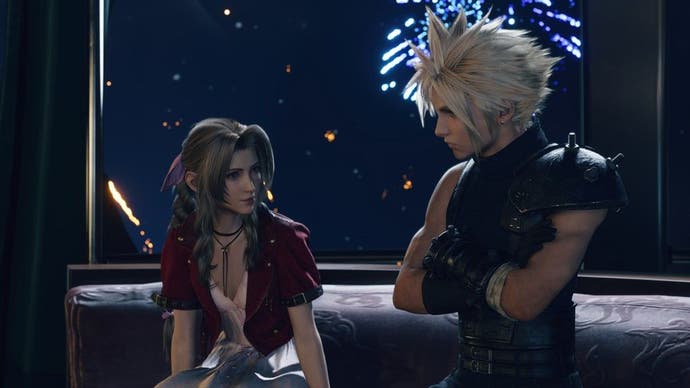
While in this alternate world, the pair proceed to embark on one final date in the slums of Midgar. This particular world is doomed, indicated by a gash across the sky. "It's not like we have much [time] left," says Aerith. It's unclear if this is Aerith attempting to see the real Cloud as she suggests on their date in the Gold Saucer, or a recreation of her time with Zack (prior to the original game, the pair were in a relationship as detailed in prequel Crisis Core).
During this time we also witness other possibilities of fate as Zack decides whether to visit Hojo in Shinra to save Cloud, or to stop Biggs blowing up another reactor, as represented by rainbow light. "This path is one that I chose," he tells Biggs. "I wanted to take back my life." Ironic words considering his death prior to the original game. "Fate's got one twisted sense of humour," he quips. Ain't that the truth.

After receiving Aerith's White Materia, Cloud falls through the space between worlds and is met by Sephiroth who explains more about the multiverse. "The planet encompasses a multitude of worlds, ever unfolding," he says. "Some quickly perish...while others endure. Yet even the most resilient worlds are doomed to fade."
Why are there white Whispers?
Throughout Remake, the party encounters black ghostly figures called Whispers, the harbingers of fate. It's these that are seemingly destroyed at the end of Remake as the party carves its own path away from predestined fate.
However, in Rebirth the Whispers return. Not only that, the party encounters white equivalents too. So what's the difference?
Cloud states that the Whispers are controlled by Sephiroth. Fate is, seemingly, in his hands as he seeks to control the multiverse and the characters within it.
This only applies to the black Whispers, though. The white Whispers could be interpreted as under Aerith's control - they surround her when she joins the final battle, for instance, and the two types appear to battle each other at several instances.
If Whispers represent fate, then the black and white variants appear to represent the fates of Sephiroth and Aerith - or at least their attempts to control it. This could come to the fore in the next game as the two battle for control over fate by way of the Whispers - a literal reinterpretation of their battle for the Lifestream in the background of the original game.
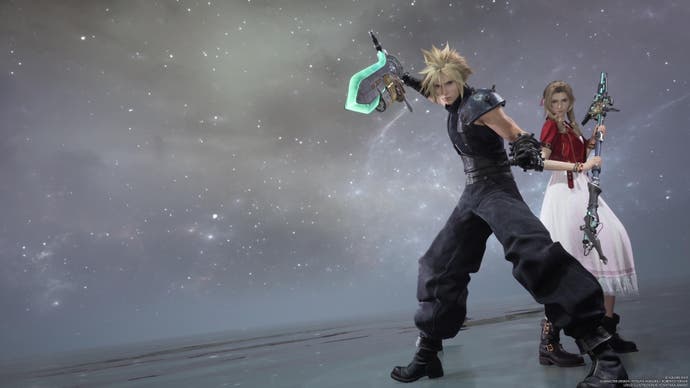
Why can Cloud see Aerith at the end?
In the game's final scene, we see the party in mourning. The mood is sombre as they fix up the Tiny Bronco before continuing on their journey, with Cid humming the main Final Fantasy theme. However, Aerith wanders between them - though is only visible to Cloud.
One interpretation is that Aerith, through death, has become one with the planet and its Lifestream. We see this happening after the final boss when her spirit disappears surrounded by white Whispers. As such, she is now an apparition capable of communicating with Cloud across worlds.

Another interpretation is that Aerith's death didn't happen in every world of the multiverse and so she is able to communicate with Cloud from another world. The flash of rainbow light - used as a motif for branching timelines - suggests Aerith's death is just another branching path.
Either way, it appears that Aerith somehow lives on in some spiritual form and appears to Cloud as a guide.
So why can Cloud see her and the others can't? Notably, Cloud is the only character from the party who travels across worlds. Perhaps, through Aerith, this has therefore provided him with the power to see multiple versions of events.
In the original game, in a later section, Cloud falls into the lifestream and is left in a catatonic state due to Mako poisoning. Is the remake trilogy offering a reinterpretation of this, with Cloud given new power to see across worlds and, therefore, through Sephiroth's plans for reunion?
This is all completely open to interpretation and likely won't be resolved until the trilogy concludes with the next game. It's clear this is intentional by Square Enix - Aerith's death is such a shocking yet iconic moment from the original, the developers are clearly keen to keep us all guessing as long as possible.
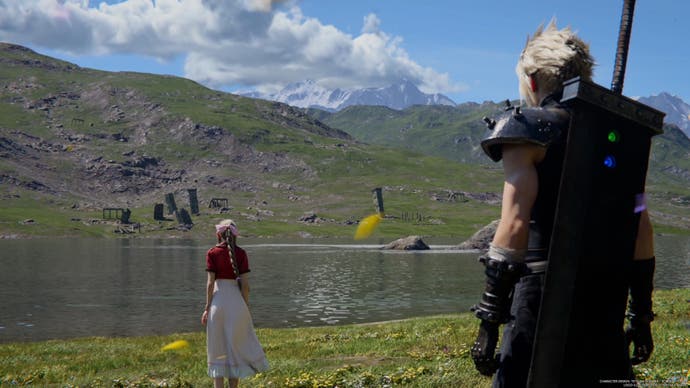
What questions remain ahead of the last game in the Final Fantasy 7 remake trilogy?
During that final scene, Cloud still has the Black Materia, which he slots into his blade. The Black Materia is used to summon Meteor, but this hasn't happened yet in Rebirth - at least, not in the world of the final scene. Does this mean he's still yet to give it to Sephiroth in order to summon Meteor? Does Sephiroth plan to destroy the multiverse with the Black Materia?
Cloud tells the party not to look up at the sky, mirroring Aerith's words to him on the date. Except, there is no gash across the sky. This also parallels the end of Remake, where the dialogue was recently changed, where Aerith comments on her dislike of the sky. The sky is certainly an important motif throughout the trilogy - covered in Midgar and then indicative of the fate of the world. If a gash across the sky implies the world is ending, does this mean the worlds are now overlapped if Cloud can see what the other characters cannot?
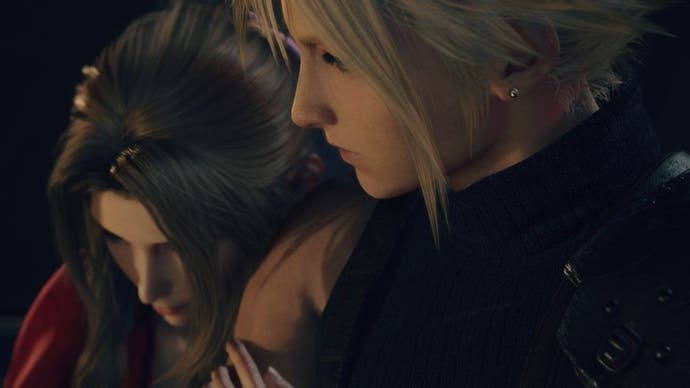
Cloud promises to stop Sephiroth as Aerith says she'll pray to stop Meteor, literally mirroring the plot of the original game. Yet the final words read "No promises await at journey's end". Will the pair stick to their promises or will the story diverge once more? Is Square Enix just keeping us guessing?
Zack quips in his final scene that worlds could be united again. Indeed, the theme of reunion will be key to the third game. Will worlds be reunited by Sephiroth? Will Zack and Aerith be reunited? Could they now meet in death, or in the space between worlds?


.jpg?width=291&height=164&fit=crop&quality=80&format=jpg&auto=webp)
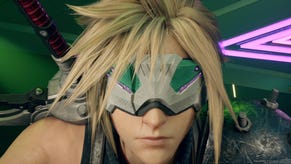

.png?width=291&height=164&fit=crop&quality=80&format=jpg&auto=webp)
